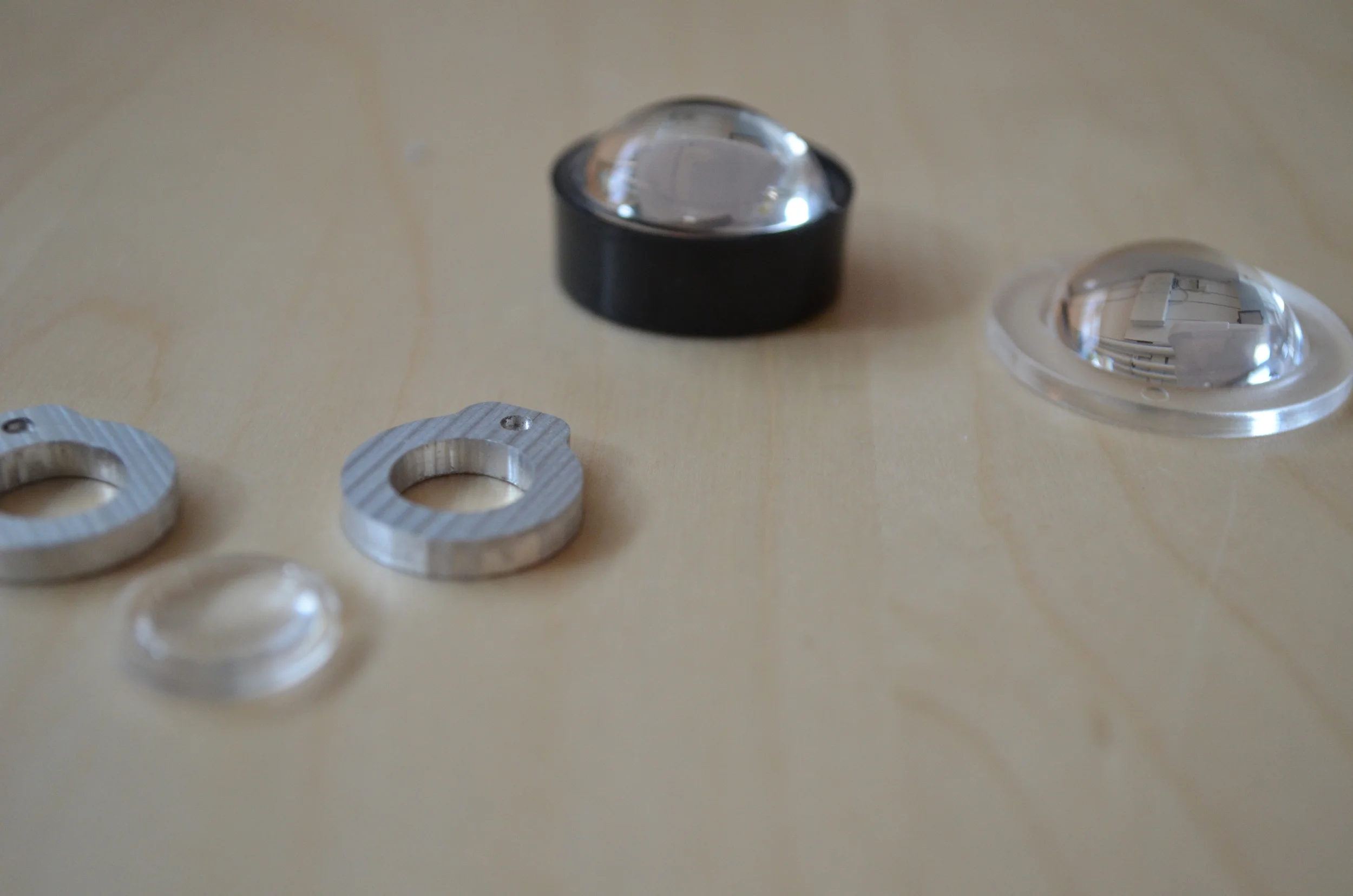Design:
- MIT researchers used additive manufacturing to develop some very interesting hair like structures that can produce linear and/or rotary motion, be used as input devices or mechanical adhesives. It's a project that demonstrates the real power of 3D printing comes from taking advantage of how printing processes work, rather than how well the outputs can replicate something like injection molding geometries.
Virtually There :
- The phenomenon of "time dilation" in VR means sometimes people have no idea how long they have been disembodied in the digital ether.
- VR can have a visceral grip on our human senses (in some cases breaking down any sense of separation between our physical, tangible bodies and our digital twins) there are serious concerns about the ethical risks involved. With the potential for too real scares in our entertainment or torture that traumatizes while leaving no visible trace, we are entering uncharted territory. While almost any new technology entering the mainstream carries with it a wave of unwarranted and ill informed panic, the very unusual abilities of VR to play with our brains and bodies suggest that at least a bit of extra caution is warranted.
Automatons:
- Chinese appliance company Midea is acquiring a majority stake in Kuka, a big player in the industrial robotics sphere. China's rapidly increasing labor costs combined with a commodities glut and irregular patterns of production demand makes buying into a deep fleet of robots a logical (if politically tricky) bet. While adding manufacturing jobs is a standard political trope in election cycles, in reality the future of production will belong to the countries and companies that are most willing to make aggressive moves away from human labor in factory roles.
Technology Odds & Ends:
- As part of their sprawling research and hardware efforts, Google has developed a "gigapixel" camera to capture the fine detail and texture of artwork. It scans across from detail to detail with robotic positioning, using a combination of laser and sonar to measure distance and focus accordingly. It goes to show how Google's mission of organizing the world's information has grown in breadth and depth over the years, reaching for as much omniscience as the state of the art (and R&D budgets) will allow.

